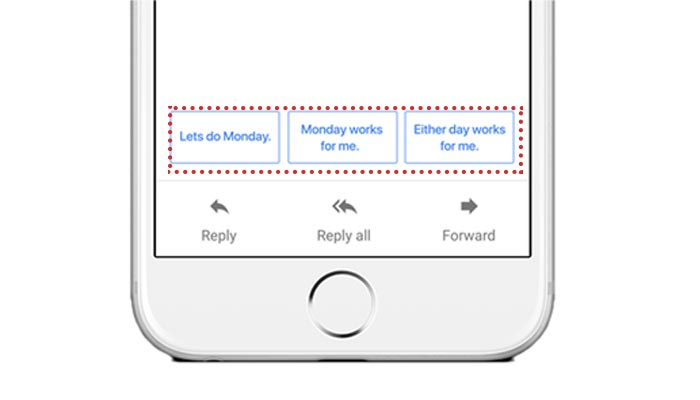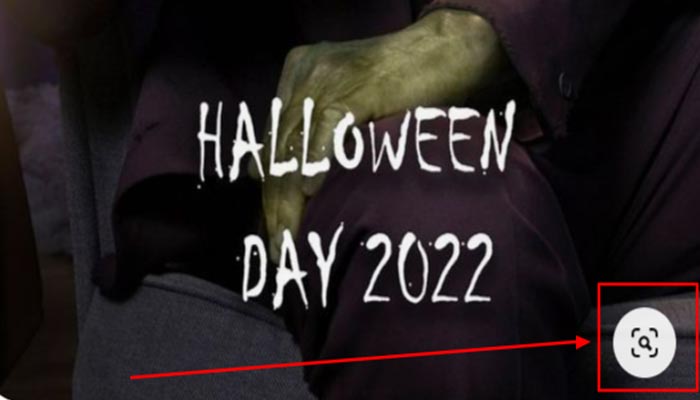These instances of artificial intelligence demonstrate how you already use it in daily activities, both online and offline.
Some may find the word “artificial intelligence” daunting, although it has been used for decades and has more uses than you may think.
In this article, we will discuss ten examples of how artificial intelligence is employed in daily life, including:
Examples of artificial intelligence in daily life:
- Filters for Email in Gmail

Google employs AI to verify that the vast majority of emails in your inbox are real. Their filters try to categorize incoming emails as follows:
- Primary
- Social
- Promotions
The application organizes your e-mails so that you can locate important messages more quickly.
For instance, Gmail classifies incoming emails into four tabbed categories and sends spam to a separate folder.
Google claims that AI-powered screening eliminates over 99 percent of spam from entering your email.
2. Gmail’s Smart Replies

A smart answer automatically replies to an email with a basic phrase, such as “Thank you!” or “Let’s do it!”
Intelligent answers are customized based on the content of each email. Users can manually compose a response or select a one-click intelligent answer.
Gmail includes “smart reply” alternatives; for instance, if you email someone about an impending movie release and they respond that they are interested in watching the film.
Smart answers strive to imitate your particular writing style and frequently do a decent job of resembling how you would reply.
3. Nudging Alerts in Gmail

Gmail’s “nudging” function reminds you to respond to ignored or forgotten emails. Using artificial intelligence, Gmail tries to discern which emails deserve a response and highlights them after a few days of inattention.
This example from the Google blog illustrates how nudges operate.
Nudges are bright and colorful, allowing you to rapidly scan a list of emails and determine which ones may need your attention.
4. LinkedIn
To create better employee-employer matches, AI matches people with jobs.
LinkedIn states on its talent blog that it uses “deeper insights into the behavior of candidates on LinkedIn” to “predict not just who would apply to your position, but also who would be hired…”
5. Pinterest

The LENS feature on Pinterest utilizes AI to recognize items in photos. Please take a photo of the exquisite maple dining set at a friend’s home using Pinterest’s LENS tool, and its AI-powered feature can help you locate comparable tables.
In rare instances, you may even locate the product’s vendor to buy it.
6. Chatbots

For (hopefully) delivering useful material to clients who have frequent inquiries, chatbots can detect words and phrases. Occasionally, chatbots are so accurate that it seems as though you are conversing with a human.
For instance, the chatbot discussion in the picture below demonstrates the usage of AI to arrange an appointment with a hairdresser.
Chatbots imitate natural language by mimicking conversations to assist with mundane chores such as scheduling appointments, accepting orders, and addressing billing issues.
7. Facebook Detection Proactive
Facebook has introduced a proactive detection technology that searches postings for trends that may suggest a user is contemplating self-harm.
When the AI-powered application recognizes suicidal thought patterns, it provides mental health resources to the individual and occasionally to his friends.
Facebook provides human resources, including skilled moderators, collaborations with regional mental health groups, and, where necessary, local first responders, to assist this AI effort.
For instance, Sheriff Joseph A. Gerace of upstate New York says in a Facebook Newsroom video how his department once got a call about a young lady threatening to hurt herself.
The local police were alerted by Facebook’s AI-driven detection technology and were able to find the lady using a mobile phone ping. They then got her to the hospital, saving her life.
8. Google Predicted Searches
Artificial intelligence (AI) is used when you start entering a search keyword, and Google suggests options for you to pick from.
Google bases predictive searches on information it gathers about you, such as your location, age, and other personal information. The search engine uses artificial intelligence to predict what you are looking for.
9. The Google Algorithm
Google’s search algorithms have changed over time by analyzing the linguistics of search queries. Its artificial intelligence learns from outcomes and evolves to fulfill consumer demands better.
Whenever you ask Google, “How much does tea cost in China?” a list of websites providing the information appears first after the “best answer.”
Google’s algorithm aims to provide the best search results possible. Google uses AI to analyze the quality of material and match it with the user’s search query.
10. Product Suggestions

Amazon and other online merchants utilize AI to learn more about your interests and purchasing patterns. Then, they adapt your browsing experience to your preferences by proposing new things.
Below is an example of Amazon.com‘s AI-powered product suggestions.
When you search for a product such as “Bose headsets,” the search engine will also display things bought by others who conducted the same search.
